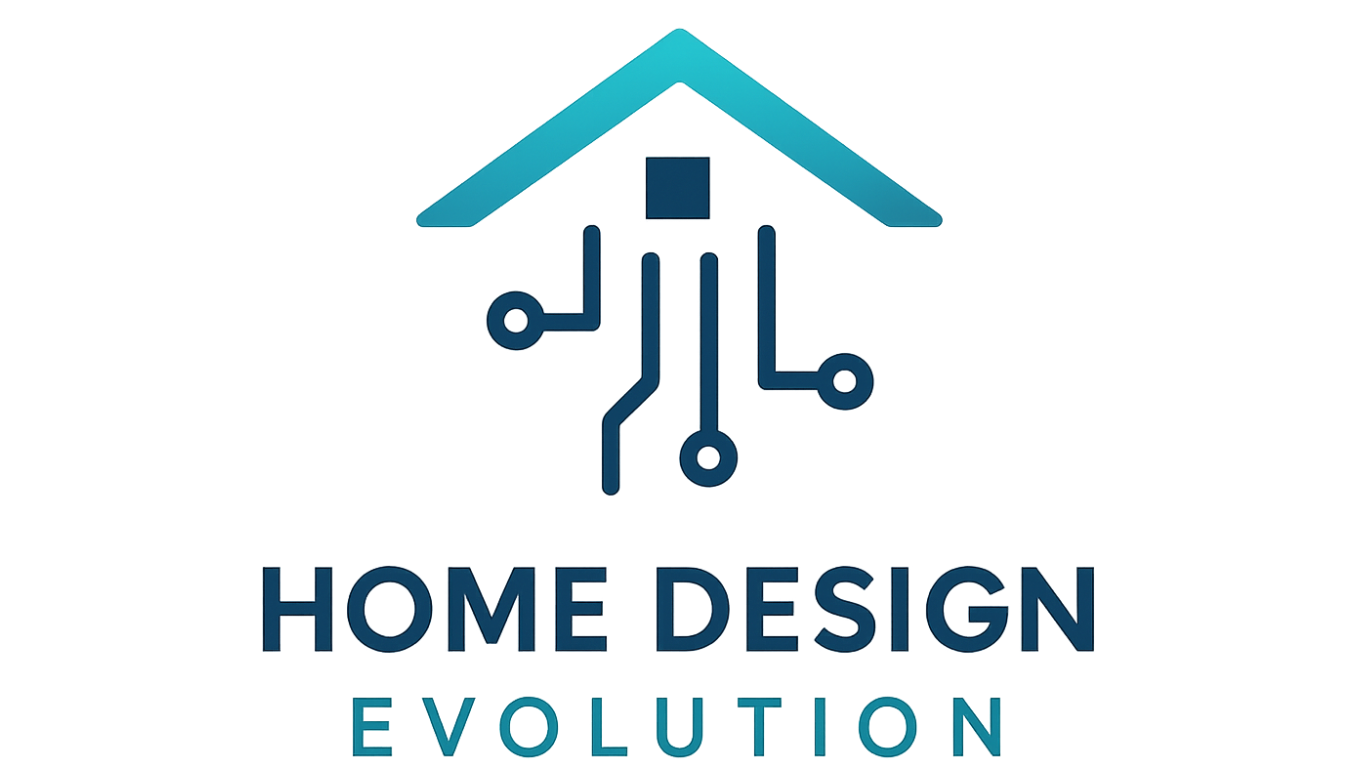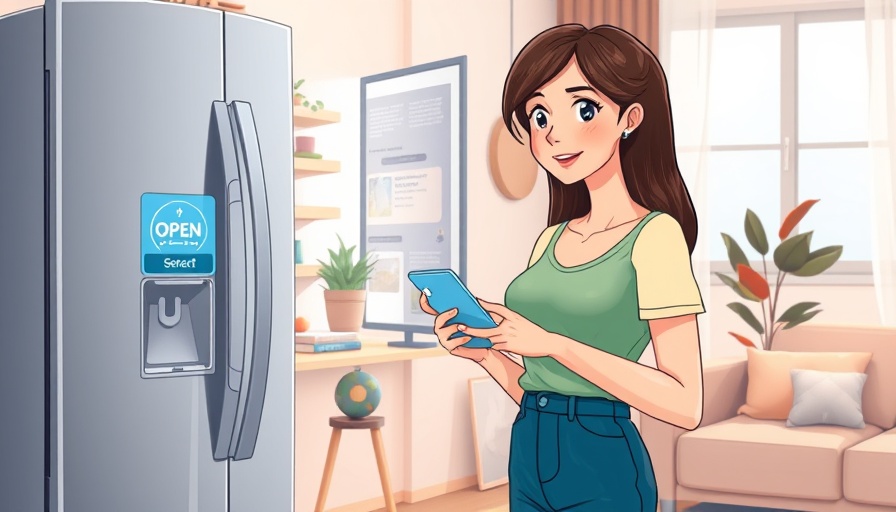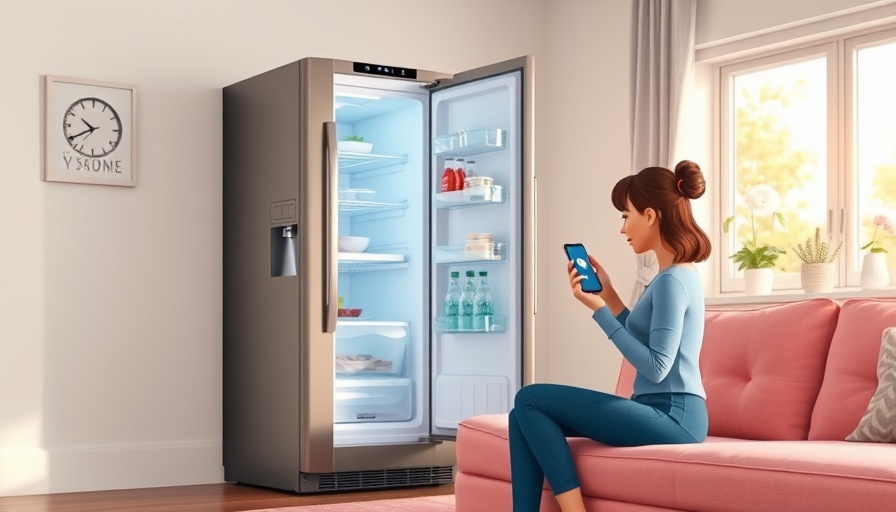
Transforming Home Automation with Human Detection Technology
For environmentally conscious homeowners, the integration of human detection technology into home automation presents both convenience and efficiency. Leveraging radar technology, particularly at millimeter wavelengths, allows for accurate detection of human presence without the need for invasive installations or expensive equipment. This article explores the benefits of integrating human detection into your home automation system, focusing on how it can revolutionize energy management and enhance comfort.
Understanding Radar Technology in Home Automation
Radar technology has advanced significantly since its inception, expanding its capabilities to include human detection at incredibly low costs. The LD2410B radar module, for instance, combines a microcontroller and radio antennas into a compact unit, allowing users to easily integrate it into their existing home systems. As discussed by Tech Dregs, this module offers binary outputs to signal human detection while also providing UART communication for more detailed data. Such integration can lead to automated actions, such as adjusting lighting based on occupancy, thereby enhancing energy conservation.
Benefits of Human Detection in Smart Homes
Home automation systems that utilize human detection provide unique advantages over traditional setups. They not only enhance security but also increase efficiency. By knowing when rooms are occupied, homeowners can automate lighting and heating, reducing energy waste during unoccupied times. As noted in a comparative analysis of presence sensors from SmartHomeScene, choosing the right sensor, whether it be a Wi-Fi or Zigbee-connected module, tailored to your specific needs can result in substantial energy savings.
Future Trends in Home Automation with Human Detection
The future of home automation appears closely tied to advancements in human detection technology. Predictions suggest that as awareness about sustainability grows, more homeowners will adopt these systems to not only save on energy bills but also to contribute to broader environmental initiatives. New devices like the Apollo MSR-2 and interactive sensors capable of detecting multiple individuals in a space are paving the way for smarter automations that truly cater to user needs. The ongoing development in this arena highlights an emerging trend of personalization, where homes can adapt to occupants in near real-time, optimizing both comfort and efficiency.
Challenges and Considerations
While integrating human detection into home automation systems is exciting, it’s essential to acknowledge potential challenges. Proper placement of radar modules is crucial since they don’t penetrate thick walls effectively. This can sometimes lead to issues in spacious homes or those with intricate layouts. Moreover, users should ensure they choose devices compatible with their existing automation systems to avoid technical complications.
Getting Started with Home Automation
For homeowners eager to integrate human detection technology, starting with DIY projects can be rewarding. With the availability of various radar modules and community support, you can build cost-effective solutions that seamlessly integrate into platforms like Home Assistant. The DIY route not only empowers users but also fosters a greater understanding of how automation can enhance daily life.
The integration of human detection into home automation is more than just a technological upgrade; it represents a shift towards making our living spaces smarter and more responsive to our needs. For those who value sustainability and efficiency, embracing this technology is a step forward in creating a more intuitive home.
If you’re curious about how to improve your home’s automation and energy efficiency, consider investing in or learning about human detection technologies today! This could be the perfect time to modernize your living space while contributing positively to the environment.
 Add Row
Add Row  Add
Add 



Write A Comment